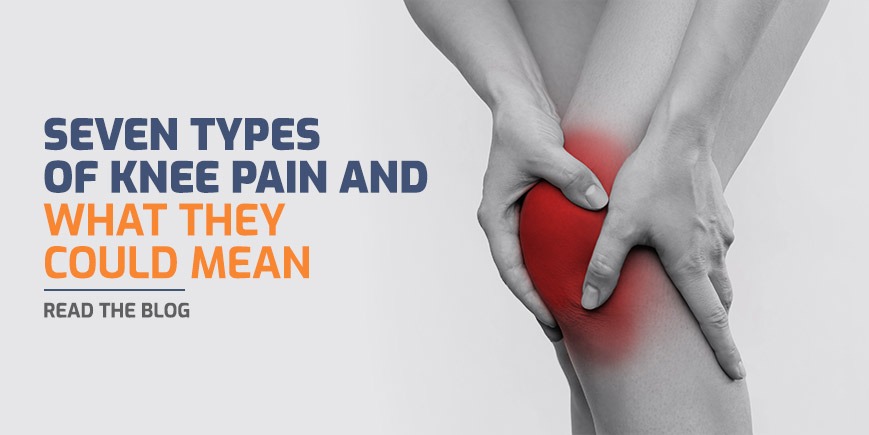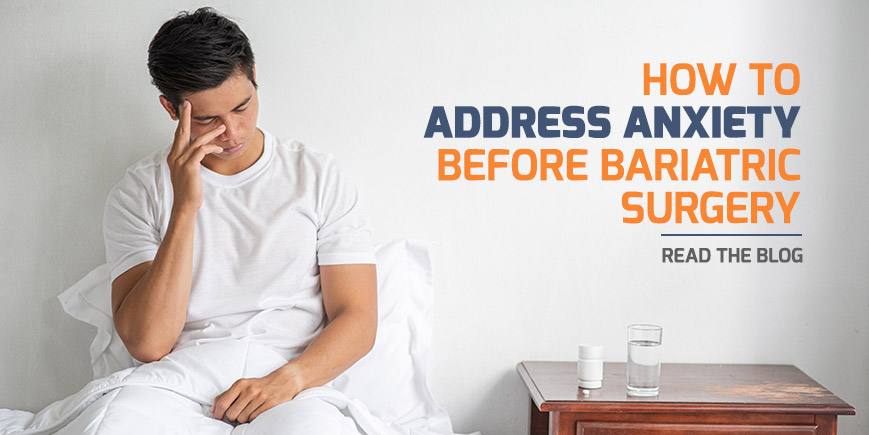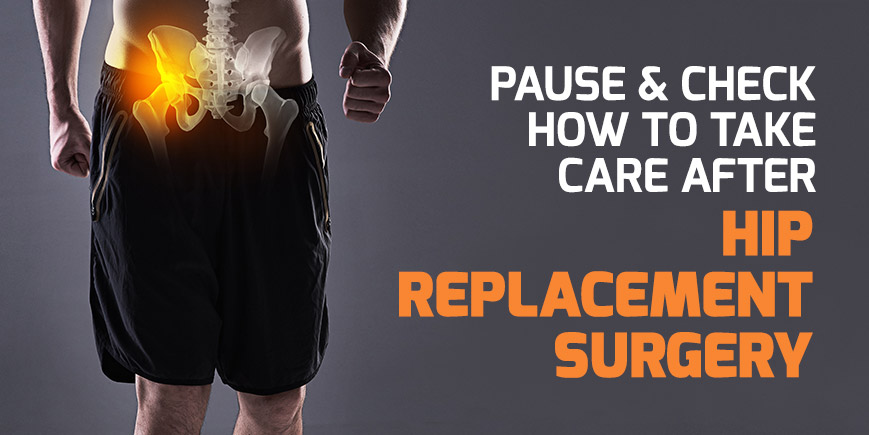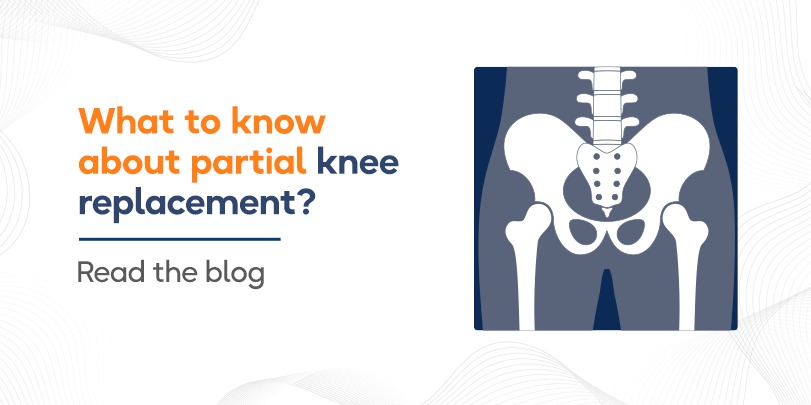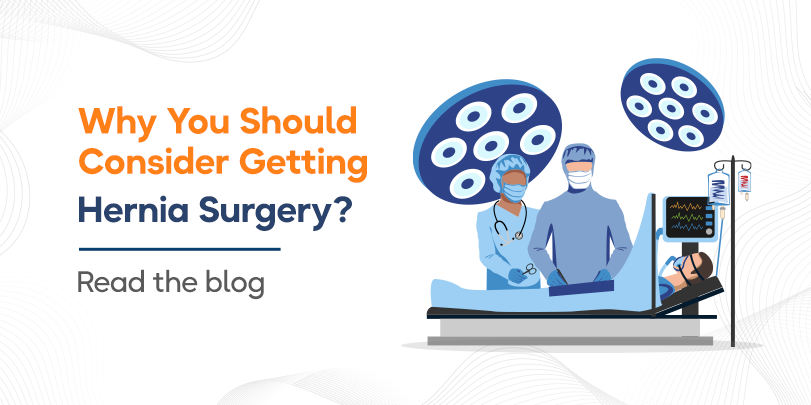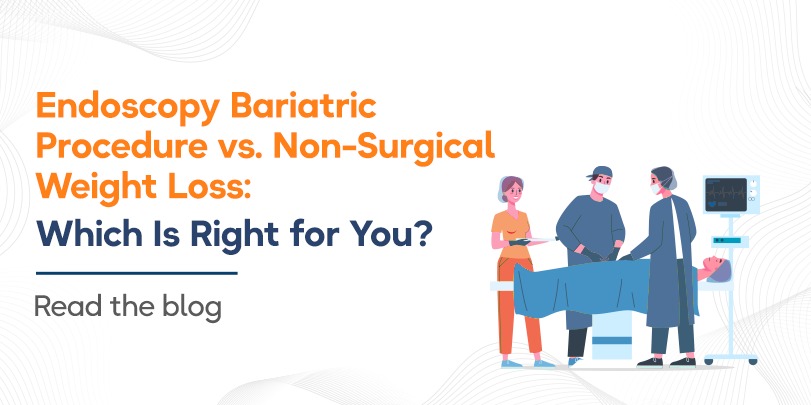Seven Types of Knee Pain and What They Could Mean?
Knee problems are one of the most popular aches and pains that people go through. There can be many causes of knee pain, ranging from arthritis to knee injury. In this article, we’re going to look at knee pain that comes in seven forms, what they mean and what you need to do to release the pain. Keep reading to understand your pain better and find a solution that applies. Also, alternatively you can opt for knee replacement surgery at Ansh Obecure.
1. Knee pain with a ‘crunch’
Knee “crunching” sounds don’t have to be a cause for concern.
This is sound is called ‘Crepitus’ and does not require any special therapy if you do not have any other symptoms. However, if you experience pain with it, you should consult a doctor to have your knee checked.
The rubbing of cartilage on the joint surface or other soft tissues around the knee during joint movement causes crepitus. Knee crepitus is primarily driven by the patellofemoral joint, which connects your knee cap to your thigh bone, or femur. Cartilage, the smooth, elastic tissue that covers the ends of bones, generally permits them to move freely in the joint. However, the cartilage surface may lose its smoothness with time. The crunching you’re hearing is most likely caused by roughened cartilage in your knee, which prevents the bones from sliding as freely in the joint as they should.
Solution:
Work on strengthening the quadriceps muscles in front of your thigh to help prevent more knee troubles. Walking, riding, and swimming are all good ways to build quadriceps muscle. Exercises that directly target the quadriceps, both with and without weights, may also be beneficial.
2. Knee pain when running
Apart from a recent injury or an old knee injury with chronic knee joint pain, there can be three main causes of pain that you can get from running and these can be determined by the area it hurts. Let’s get into them one by one.
- Runner’s Knee
If you have pain beneath the kneecap that worsens after running and when walking up or down stairs. This is because the cartilage beneath the patella becomes inflamed when it shifts out of alignment when jogging.
- Patellar tendinitis
Whereas, if your pain is beneath your kneecap and at the top of your shin that worsens as you run, you have patellar tendinitis. It also aches to go up and down stairs. The cause is the impact of running on the knee which can occasionally cause too much pressure on the patellar tendon.
- Iliotibial band syndrome
The third is when you experience pain on the outside of your knee. It usually starts around five minutes into a run and goes away after you finish. This is due to the iliotibial band (ITB) connecting your hip to your knee, crossing it. The bursa, a fluid-filled sac that sits around your knee between the ITB and the outside of your femur, is pinched, resulting in discomfort when the ITB is tense.
Solution:
For the first two, Stop running until you are pain-free. Moreover, Five times a day, apply ice for 15 minutes. For the latter, unless pain causes you to change your form, you can run. Roll your ITB on the soft portion of your outside thigh using foam.
Remember, you may also Cross-train and reduce your distance. If the pain continues, call a doctor.
3. Knee pain in the morning
A lot of things can cause knee pain in the morning. Anything from dehydration to bad sleep may be to blame. However, if it occurs frequently, it might be an indication of a medical issue.
Morning knee pain is a symptom of numerous kinds of arthritis, including the most prevalent type, osteoarthritis (OA). It is also a symptom of inflammatory arthritis, such as:
- Arthritis rheumatoid (RA)
- Arthritis psoriatica (PsA)
- Spondylitis ankylosing (AS)
The most common and biggest difference between morning knee joint pain in persons with OA and those with inflammatory arthritis is the duration of it. For people suffering from osteoarthritis, stiffness usually lasts only a few minutes and subsides soon after you begin moving. It may take an hour or more if you have inflammatory arthritis.
One of the most frequent types of arthritis is osteoarthritis (OA). It is the “wear and tear” kind that commonly affects adults over the age of 50. OA develops gradually and worsens with time. Your joint’s cartilage goes away, and, as with the runner’s knee, bone scrapes against the bone, causing agony.
Your knee may feel tight and swollen if you have OA, and you may have difficulty bending and straightening it.
4. Knee pain when climbing stairs
Knee pain when climbing up the stairs can have two major causes- Runner’s Knee and Arthritis- which we have discussed above.
Your knee may feel tight and swollen if you have OA, and you may have difficulty bending and straightening it. It’s usually worst in the mornings or when it’s raining. Your knee may collapse or weaken.
Solution:
One of the best ways to alleviate OA pain is physical therapy to strengthen and stretch the muscles in your leg. Applying heat or cold to your knee, as well as wearing bandages to support it, may also be beneficial. Talk to a doctor and take over-the-counter or stronger pain medicines.
Lifestyle adjustments such as decreasing weight, taking fewer stairs, and swimming or cycling can also benefit your knees.
5. Knee pain with a pop
A common knee pain companion is a popping sound. As with the crunch, unless there is an accompanying pain, knee popping is perfectly fine. It occurs when carbon dioxide accumulates in the synovial fluid of the joint and is expelled as a gas bubble that bursts when the joint adjusts fast. With pain, however, it may be another form of Crepitus, the crunching knee, discussed above.
6. Knee pain that’s sudden and severe
Some of the most typical reasons for sudden and severe knee pain include:
- ACL (anterior cruciate ligament) injuries:
These are common in sports that require leaping or other abrupt changes in direction. They can induce instability or make the knee incapable of bearing weight.
- Injuries to the posterior cruciate ligament, or PCL.
These can occur as a result of a hit to the front of the knee.
- Injuries to the lateral ligaments.
- Tears in the meniscus
- Fractures.
- Patellofemoral pain syndrome.
- Dislocation.
- Tendinitis.
- Bursitis.
- Arthritis.
7. Knee pain with bending and kneeling
Any pressure applied to an inflamed bursa will be unpleasant, therefore it’s no wonder that bursitis is one of the most common causes of knee discomfort when kneeling. In fact, one of the primary causes of bursitis is prolonged kneeling, thus it soon becomes a vicious cycle.
When you have knee bursitis, you will often experience acute pain in the knee when you initially kneel down as the bursa is squished, followed by a persistent dull achy ache as you kneel. As the squashed bursa re-inflates and expands, many patients experience severe knee pain when they rise up from kneeling.
Knee pain can come in many shapes and forms and if they’re severe or happen frequently, it is highly recommended that you see a doctor. At Radiance Hospitals, we take your health very seriously. With us, you can find out where your pain is coming from and get on the fast track to recovery.

